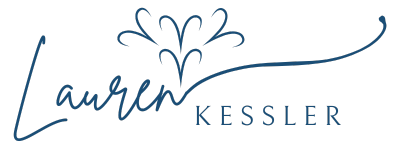These pages tell our lives
Scent triggers memory in a special, direct, and immediate way. This was explained to me once–some kind of hardwiring from nasal receptors to frontal lobe–but not well enough so that I can explain it now. But we all know it’s true: a whiff of something, cut grass, gasoline, chocolate chip cookies, and we’re transported to another time and place, an entire scene evoked, a little drama played out on the stage of the mind. I smell garlic sautéing in olive oil, and I see my mother in the kitchen wearing the ghastly apron I made for her, my first sewing project, turquoise it was, with white rickrack. Chlorine? The President’s Day weekend we stayed at the old Traymore Hotel in Atlantic City decades after the city’s heyday. I was 12 and fell madly in love with the pool boy. Pine needles? The secret path behind one of the cabins at Camp Tamarac, the trail that led to The Rock, where I learned how to smoke cigarettes.
I think books are hardwired like this for some of us. There’s a high-speed connection between book and experience, between what we’ve read and how we’ve lived.
We only have to glance at a book, the way others catch a scent in the air, and we experience that moment in time when the book intersected with our lives. I see Annie Dillard’s The Living on my bookshelf, and I think of that rainy summer vacation in Bandon, Oregon, during which my then four-year-old son gets clobbered in the head with a boat oar, and we rush him to the 15-bed local hospital to get his ear stitched back on. James Clavell’s Shogun? That solitary winter vacation I spend in my first house, the one with no central heating, curled up in an armchair by the window existing on pots of Seattle spice tea and packages of Archway chocolate chip cookies.
We have all read books that shifted reality for us, made us think of the world in a different way (Lewis Thomas’ Lives of a Cell), or books that resonated deeply as they charted unfamiliar emotional terrain (May Sarton’s Journal of a Solitude). We’ve encountered work that made our lives bigger (thank you, Mary Oliver) that transported us across time and space, across culture and gender (Oh, Ursula), books that created entire worlds for us to explore and inhabit (Jing Chung’s Wild Swans).
But maybe you, like me, stash things in books, hints of the life you were leading at the time. In Wild Alaska, a Time-Life book with page after page of stunning Arctic pictures, I find a menu for a little restaurant I used to frequent a block from the Fullerton El, just around the corner from my fourth-floor walk-up. I read that book on the fire escape and dreamed of the great north during my last summer in Chicago. In Peter Matthiessen’s The Snow Leopard, I find a postcard of a cheap motel in Battle Mountain, Nevada, where my car broke down–and where I stayed for five very long days waiting for a part.
Now I see something peeking out of the pages of the paperback edition of Zen Flesh, Zen Bones, and with great excitement, I pull the book from the shelf. What could I have placed between the pages of this wonderful book, this book that made me think thoughts I had never thought before, this book that I carried around like a talisman for years? I am ready to be wowed.
It‘s an appointment card. On Thursday, Sept. 24, 1997, I went to get my teeth cleaned.
